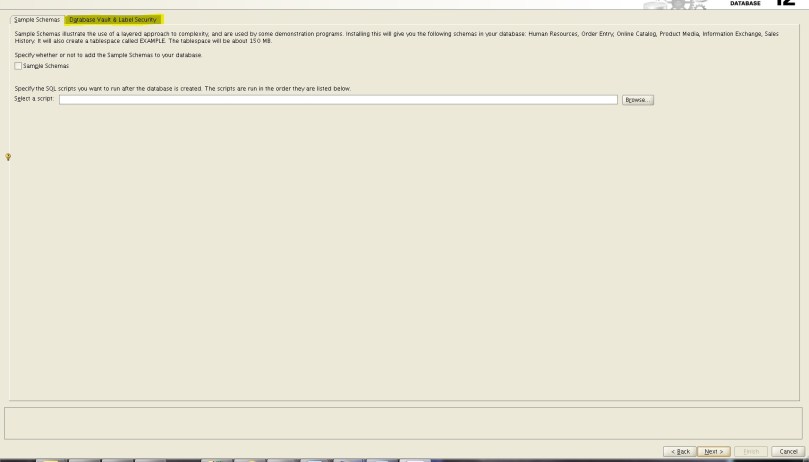In this blog article i am providing overview steps in creating a fresh “NEW” oracle 12c database in Unix environment.
After installing oracle database 12c binaries successfully, proceed with the following steps and there are 2 paths for the database creation you can follow one of them depending on your requirements.
PATH Number 1
cd $ORACLE_HOME/bin
export DISPLAY=PC_machine_name:0.0
/usr/bin/X11/xclock
dbca
The database configuration assistant will be invoked with “Create Database” option.

Click “Next”
Choose and insert the required information such as:
Global Database Name:
Storage Type: “File System” for Non-ASM environment.
Database Files Location:
Character Set (be careful and choose the correct one, once you create the database you can’t change the default character set of the database).


Now, if you want to choose the “Advanced Mode”
PATH Number 2
You will choose a template based on type of applications working against your database.
The General Purpose or Transaction template and the Data Warehouse template create a database with the COMPATIBLE initialization parameter set to 12.1.0.2.0



You can either choose to configure enterprise manager or not.

I choose to have both “SYS” and “SYSTEM” having the same password (you can change system password later on if you want to)



You can enable database vault or label security while creating the database

For memory setup I choose “automatic memory management”

For process I choose the default one (300 processes)

For connection mode I choose “Shared Server Mode” to serve multiple application simultaneously

Choose the “create database” and I have chosen to “generate database creation script” for reference.

Review the database creation summary




























